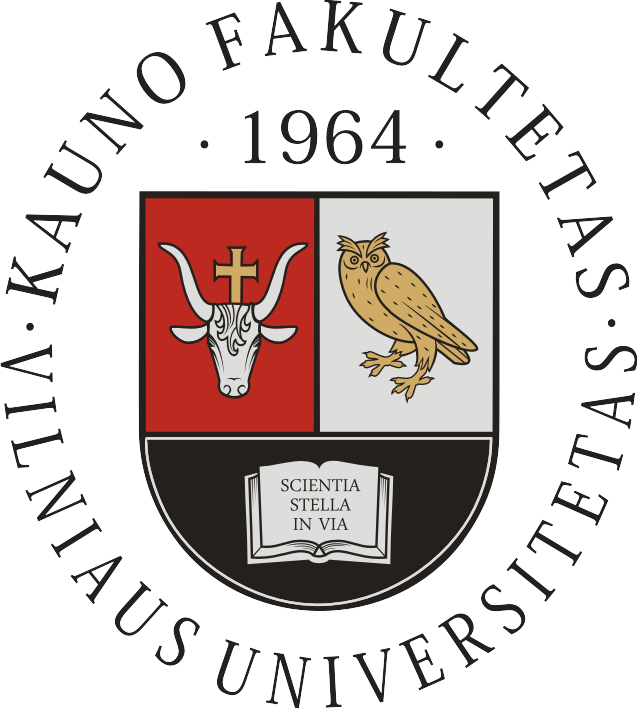Transformations in
Business & Economics
- © Vilnius University, 2002-2020
- © Brno University of Technology, 2002-2020
- © University of Latvia, 2002-2020
Article
TOURISM DEMAND FORECASTING USING ARIMA MODEL
Vesna Karadzic, Bojan Pejovic
ABSTRACT. Tourism plays an important role in the economy of Montenegro, so it is of special importance to predict its future trends. The aim of this paper is to give a forecast of the total number of tourist arrivals for the case of Montenegro. Using the Box-Jenkins methodology, a several econometric models were evaluated based on annual data of the total number of tourist arrivals for the period 1970-2014. After determining the level of integration of the series, and selecting the appropriate autoregressive (AR) and moving average (MA) order, the appropriate ARIMA models were estimated. Based on the comparison of competing models and forecast indicators, the ARIMA (8,1,5) model proved to be the most suitable for forecasting. With the lowest values of mean square error (MSE), root mean square error (RMSE), mean absolute error (MAE) and mean absolute percentage error (MAPE) for the period outside the sample, the ARIMA (8,1,5) model has the best prognostic performance. Based on the obtained results it can be concluded that the Box-Jenkins methodology can be used with certain limitations to forecast the number of tourist arrivals in case of Montenegro.
KEYWORDS: Box-Jenkins methodology, ARIMA, forecasting models, tourism, time series.
JEL classification: C32, C52, C52.

